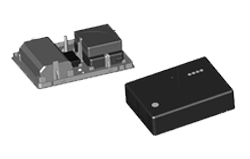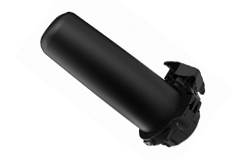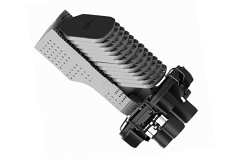

How we engage? |
|||
|
 Vision to Hand within 12 weeks Vision to Hand within 12 weeks |
||
Current Product Range |
|||
 |
 |
 |
 |
| MODJOINT | MODBOX | RADS STORAGE REEL | HOME CONNECT BOX |
| 72 Fibres, 3 Splitters, Pre-terminated Drops IP68 |
144 Fibres, 4 Splitters, Pre-Terminated Drops IP68 |
Cable Management for Aerial Deployments (WIP) 2 in 2 out, 8 Drops |
Houses a UPS and an ONT for a neat customer connection (WIP) |
Products in Development |
|||
 |
 |
 |
 |
| SMALL DOME JOINT | MEDIUM/ LARGE DOME | INDOOR WALL BOX (MDU) | MANHOLES/HANDHOLES |
| 48 Fibres, 3 Splitters, Pre-terminated drops IP68 |
144/288 Fibres, 4/8 Splitters, Pre-Terminated Drops IP68 |
12-144 Fibres, Splitters, Pre-Terminated Options |
Small, 400mm Sq. Large 600mm Round & Deep |
Manufacturing Capacities |
|||
|
 |
||
Manufacturing Process |
|||
|
 |
||
Not All Plastics are Bad |
|||
 |
|||
Using recycled cardboard for packaging helps in reducing waste, conserving resources, and minimising the environmental impact of manufacturing processes. Additionally, it promotes a circular economy by giving new life to materials that might otherwise be discarded.
Manufacturing quality and control systems are essential components to our production process. They ensure that our products meet specific standards, are consistent in quality, and comply with regulatory requirements.
 |
© 2020 by Aston